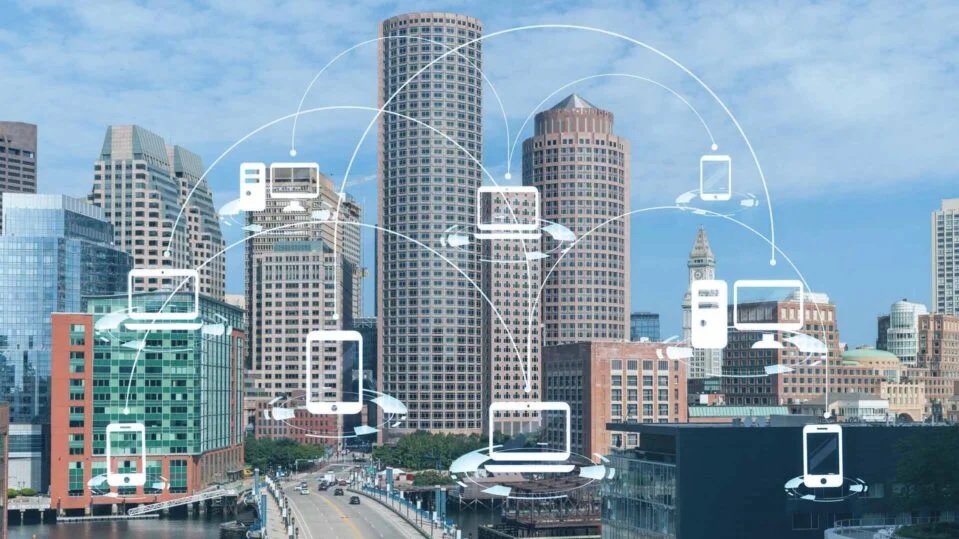Marketing organizations are increasingly adopting artificial intelligence to help analyze data, uncover insights, and deliver efficiency gains, all in the pursuit of optimizing their campaigns. The era of AI augmentation to assist marketing professionals will continue to gain momentum for at least the next decade. As AI becomes more pervasive, this shift will inevitably reshape the makeup and focus for marketing teams everywhere.
Humans will retain control of the marketing strategy and vision, but the operational role of machines will increase each year. By 2025, it is projected that 70% of lower-level administrative duties will largely disappear as artificial intelligence tools become more deeply entwined in the operations of marketing departments. Similarly, many analytical positions will become redundant, with smart chatbots expected to assume up to 60% of daily responsibilities.
However, the jobs forecast is not all doom and gloom because the demand for data scientists will explode. The ability to aggregate and analyze massive amounts of data will become one of the most sought-after skillsets for the rest of this decade. By 2028, the number of data science positions is expected to grow by 30%, remaining immune to economic pressures. These roles will be less susceptible to budget cuts, highlighting the critical importance of data analysis in the evolving marketing landscape.
Effects of the AI Rollout on Marketing Functions
As generative AI design tools are increasingly adopted, one thorny issue involves copyright protection. Many new AI solutions scrape visual content without being subjected to any legal or financial consequences. In the year ahead, a lot of energy and effort will be focused on finding a solution to the copyright problem by clarifying ownership and setting out boundaries for AI image creation. This development will drive precious cost and time savings by allowing marketing teams to embrace AI design tools more confidently, without the fear of falling into legal traps.
In addition, AI will become more pivotal as marketing teams struggle to scale efforts for customer personalization. The gathered intelligence from improved segmentation will enable marketing executives to generate more customized experiences. In addition, the technology will optimize targeted advertising and marketing strategies to achieve higher engagement and conversion levels.
By the end of 2024, most customer emails will be AI-generated. Brands will increasingly use generative AI engines to produce first drafts of copy for humans to review and approve. However, marketing teams will have to train large language models (LLMs) to fully automate customer content as a way of differentiating their brands. By 2026, this practice will be commonplace, enabling teams to shift their focus to campaign management and optimization.
To Know More, Read Full Article @ https://ai-techpark.com/future-of-marketing-with-ai-augmentation/
Related Articles -
Mental Healthcare with Artificial Intelligence
Trending Category - IOT Smart Cloud




